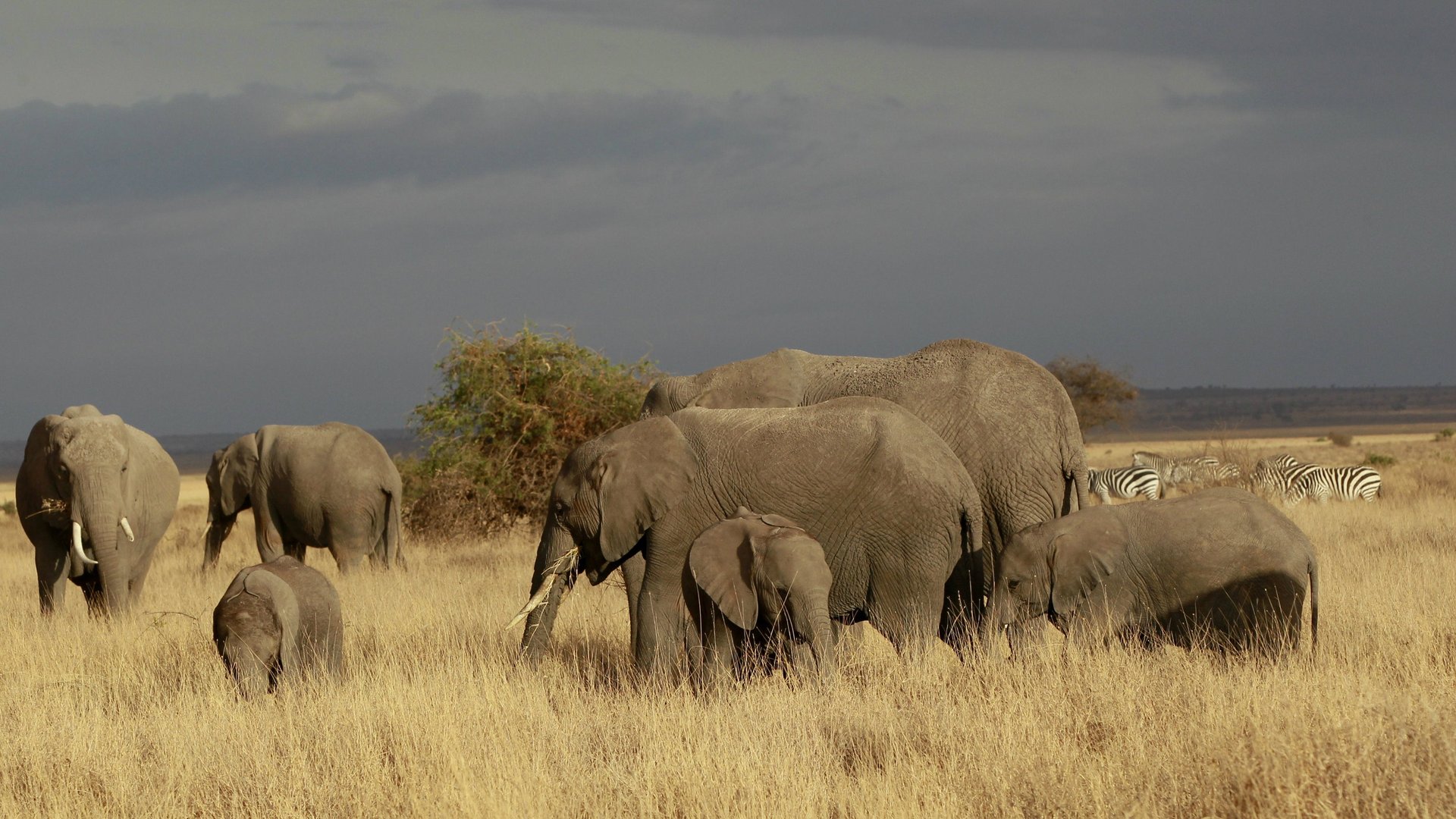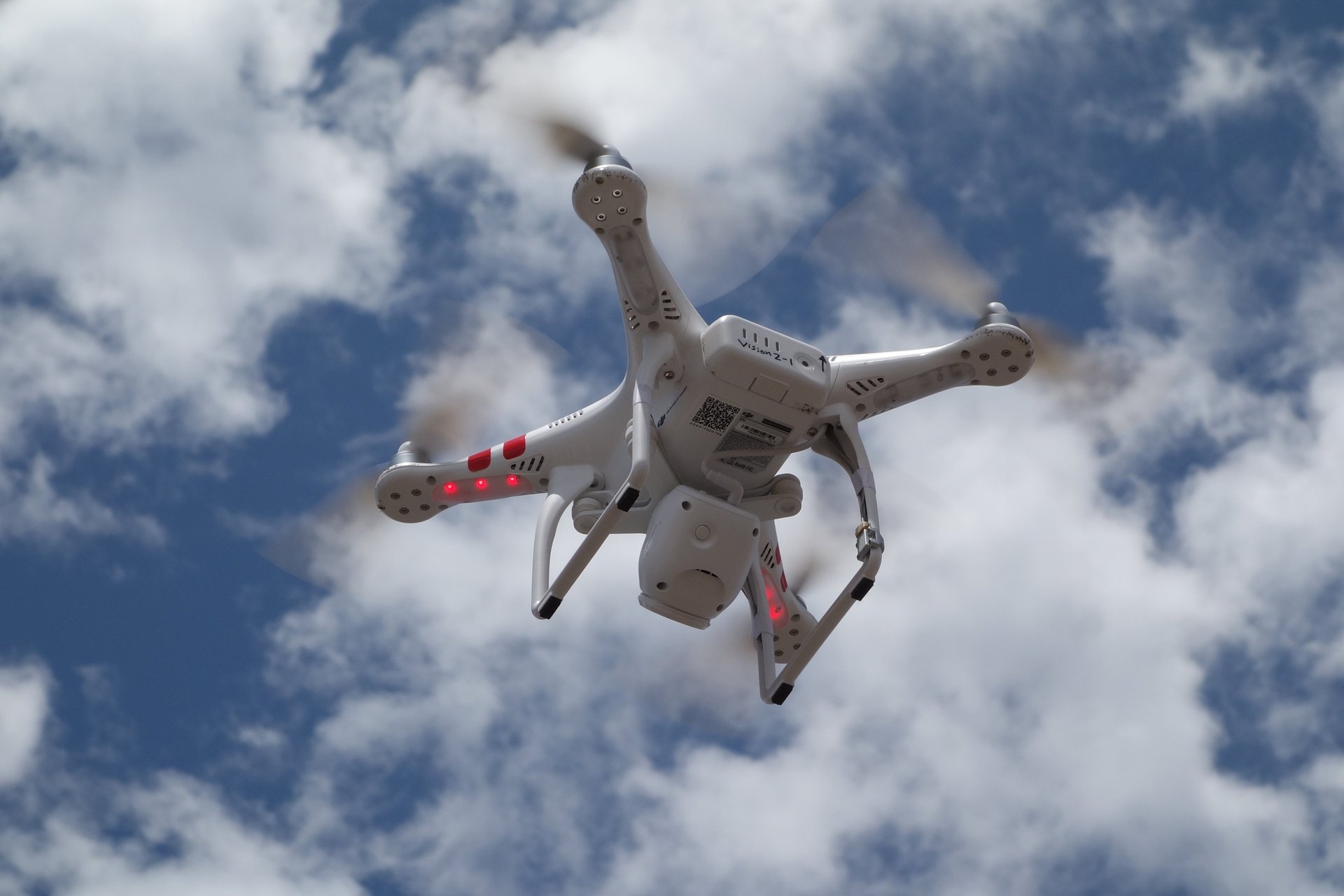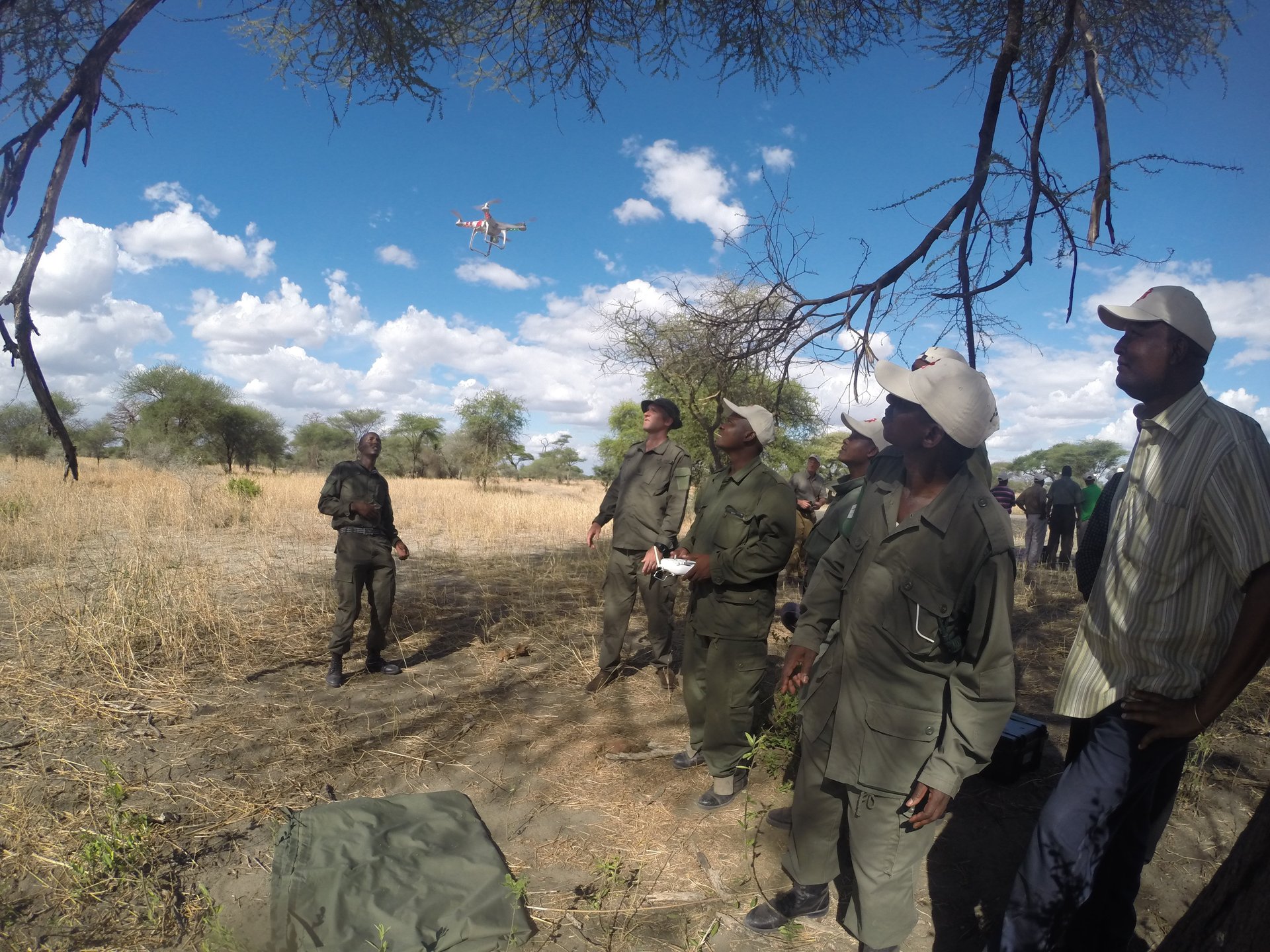Watch how drones keep elephants away from danger in Tanzania
It looks just like video game.


It looks just like video game.
The scene: Tanzania’s savanna.
Your avatar: A ranger in Tarangire National Park.
The objective: Use a small helicopter to chase a group of hungry elephants off a farm and into the park, all before angry farmers kill the animals, raptors attack the helicopter, or the chopper’s fuel runs out.
It might sound like fun but for conservationists in Tanzania, this isn’t just a game.
The Tanzania Wildlife Research Institute (TAWIRI) and the conservation organization Resolve have begun deploying small drones to chase elephants out of farms and into protected areas. The goal is to stop farmers killing elephants that have destroyed crops–one driver of the country’s drastic elephant population decline.
“Increasingly we see elephants moving through farms, especially in Tarangire where they can easily leave the park and get a tasty meal,” says Nathan Hahn, a research associate with Resolve. “It’s created a lot of resentment in those communities, and so farmers have been using bows and arrows, poisoned watermelons, even guns, to kill elephants.”

Traditionally farmers and rangers worked throughout the night making loud noises, waving torches, and charging the elephants in four-wheelers to get them off farmers’ land – all of which involved dangerously close contact with the aggressive animals and could take hours to work.
But with drones, rangers can stay out of sight of the elephants, co-piloting the small, white machines from the back of a pick up truck. Not only is this much safer, but its also more time efficient–the drones typically scare off the elephants in thirty seconds flat.

But there’s one major obstacle to the program: the government regulation.
Tanzania banned the use of drones for photographic and filming purposes last November. Then Kenya’s government put a blanket ban on drones for commercial purposes. Three months later, the Tanzanian Private Sector Foundation tested use of drones to track poachers in the Selous Game Reserve in the hopes of obtaining government approval for their commercial use, but its unclear whether the Tanzanian government will warm up to the idea or follow Kenya’s lead and shut it down completely.
And this isn’t the only challenge. Drones are expensive–roughly $1,100 USD per drone and $4,000 USD to get them to Tanzania. Then there’s the fact a typical drone’s battery lasts only twenty minutes, and there’s a chance the elephants could habituate to the sound.
But without new conservation measures, Tanzania may face an elephant population crash.
Shrinking elephant population
According to a Tanzanian National Parks Authority report released in June, the elephant population has plummeted 60% in the last five years. And while much of the decline is attributed to poaching, anecdotal evidence suggests human-elephant conflict contributes significantly as well–and is likely to increase in the future.
“Elephants raid a lot of land now and the corridors they use between protected areas are rapidly being developed,” says David Olson, a conservation biologist with Resolve. “As we protect the elephant population, they will grow outside protected areas and conflict with farmers will grow.”
This month will prove to be the drones biggest test, as crops are harvested and the peak of elephant raiding season hits.
“The next few weeks are critical,” says Jonathan Konuche, who trained the rangers in the use of drones with Resolve. “This is when we’ll find out if the drones can really work.”